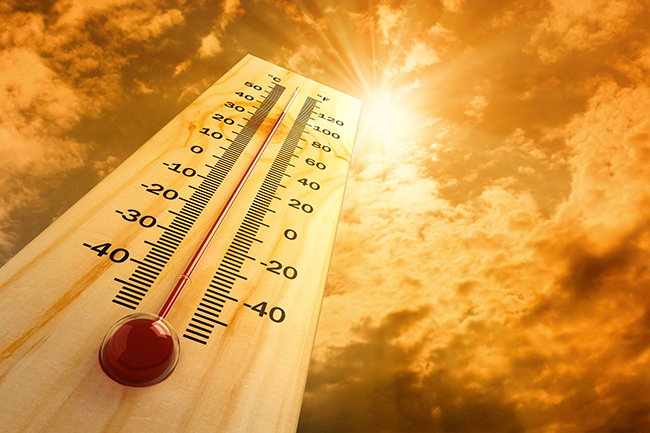With Valley summer temperatures reaching triple digits this week, MIHS physicians warn that heat exhaustion and heat-related illnesses can be deadly.
Exposure to extreme heat can result in illnesses and injuries, heat stroke, heat exhaustion, heat cramps or heat-related rashes. There were 182 heat-related deaths in Maricopa County last year, the highest number of heat deaths in the last 13 years, according to the Maricopa County Department of Public Health.
Eighty-six percent of all heat-associated deaths occurred in the months of July, August, and September, the Department reported.
“Most people don’t think about the effects that heat is having on your body,” said Dan Quan, DO, Interim Chair of Emergency Medicine at MIHS’s Maricopa Medical Center. “That’s why it’s important to recognize the signs and symptoms of heat-related illnesses before the situation becomes critical.”
Heat exhaustion occurs when people are exposed to high temperatures, especially when combined with strenuous physical activity and humidity, and when the body loses fluids and becomes dehydrated. When heat exhaustion elevates, it may result in heat stroke, a life-threatening medical condition occurring when the body’s cooling system, which is controlled by the brain, stops working. The resulting high body temperature causes damage to internal organs, including the brain, and could result in death.
“Heat stroke, which is the most serious heat-related disorder, is especially dangerous,” Dr. Quan said. “It occurs when the body becomes unable to control its temperature – the body’s temperature rises rapidly, the sweating mechanism fails, and the body is unable to cool down.”
When heat stroke occurs, body temperature can rise to 103 degrees Fahrenheit or higher within 10 to 15 minutes. Heat stroke can cause death or permanent disability if emergency treatment is not given.
The CDC offers a number of tips of what to look for and what to do for heat-related illnesses:
Heat Stroke
· Look for: hot, red, dry or damp skin
o Fast, strong pulse
o Headache, dizziness, nausea and confusion
o Losing consciousness
· What to do: Call 911 right away – heat stroke is a medical emergency
o Move the person to a cooler place
o Help lower the person’s temperature with cool cloths or a cool bath
o Do not give the person anything to drink
Heat Exhaustion
· Look for: heavy sweating, cold, pale and clammy skin
o Fast, weak pulse
o Nausea or vomiting, muscle cramps
o Tiredness or weakness, dizziness, headache
o Fainting
· What to do: Move to a cool place and loosen clothes
o Put cool, wet cloths on the body or take a cool bath
o Sip water
· Get medical help right away if:
o You are throwing up
o Your symptoms get worse
o Your symptoms last longer than one hour
“The bottom line is that heat-related illnesses are preventable,” Dr. Quan said. “Listening to your body is one of the best things you can do to protect yourself from potential danger.”




